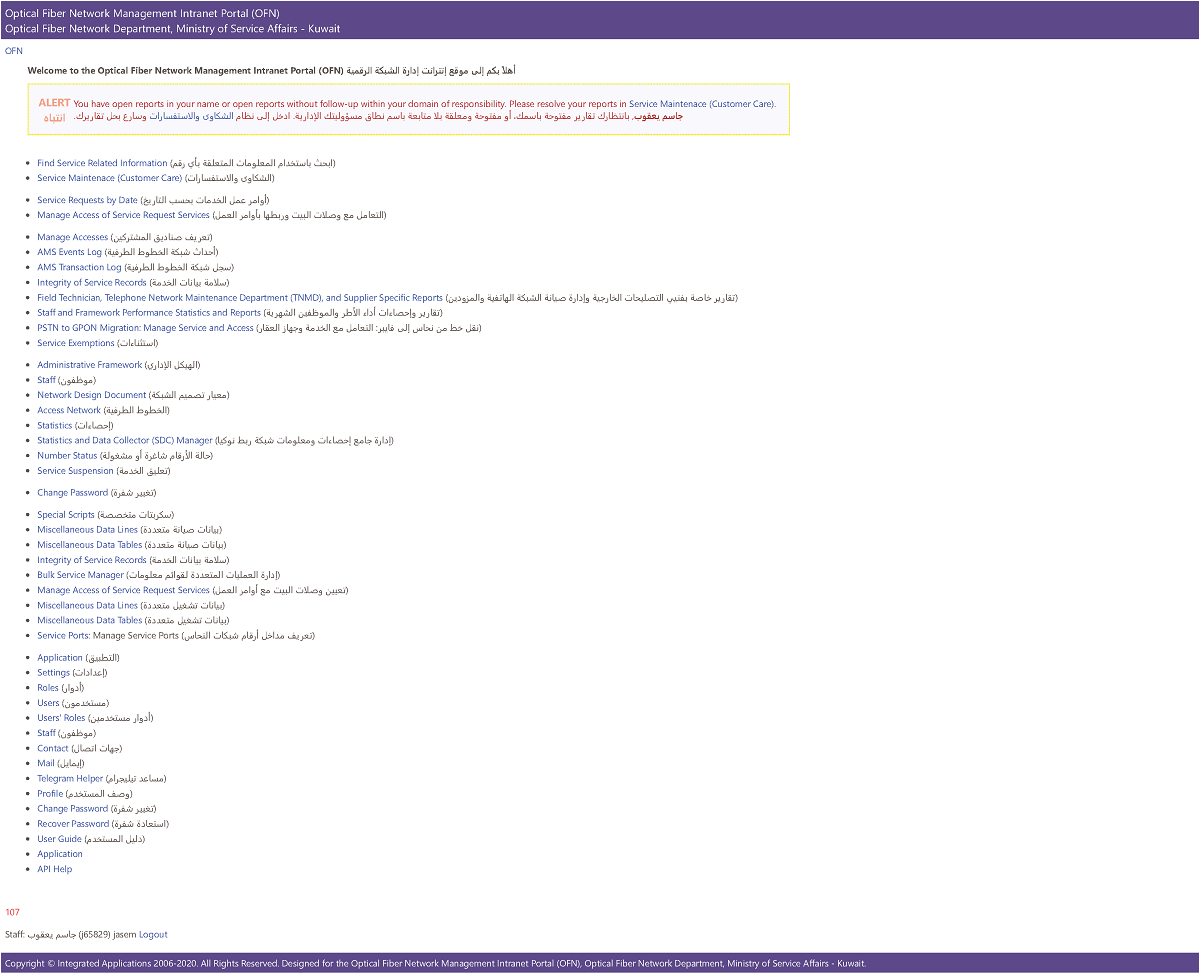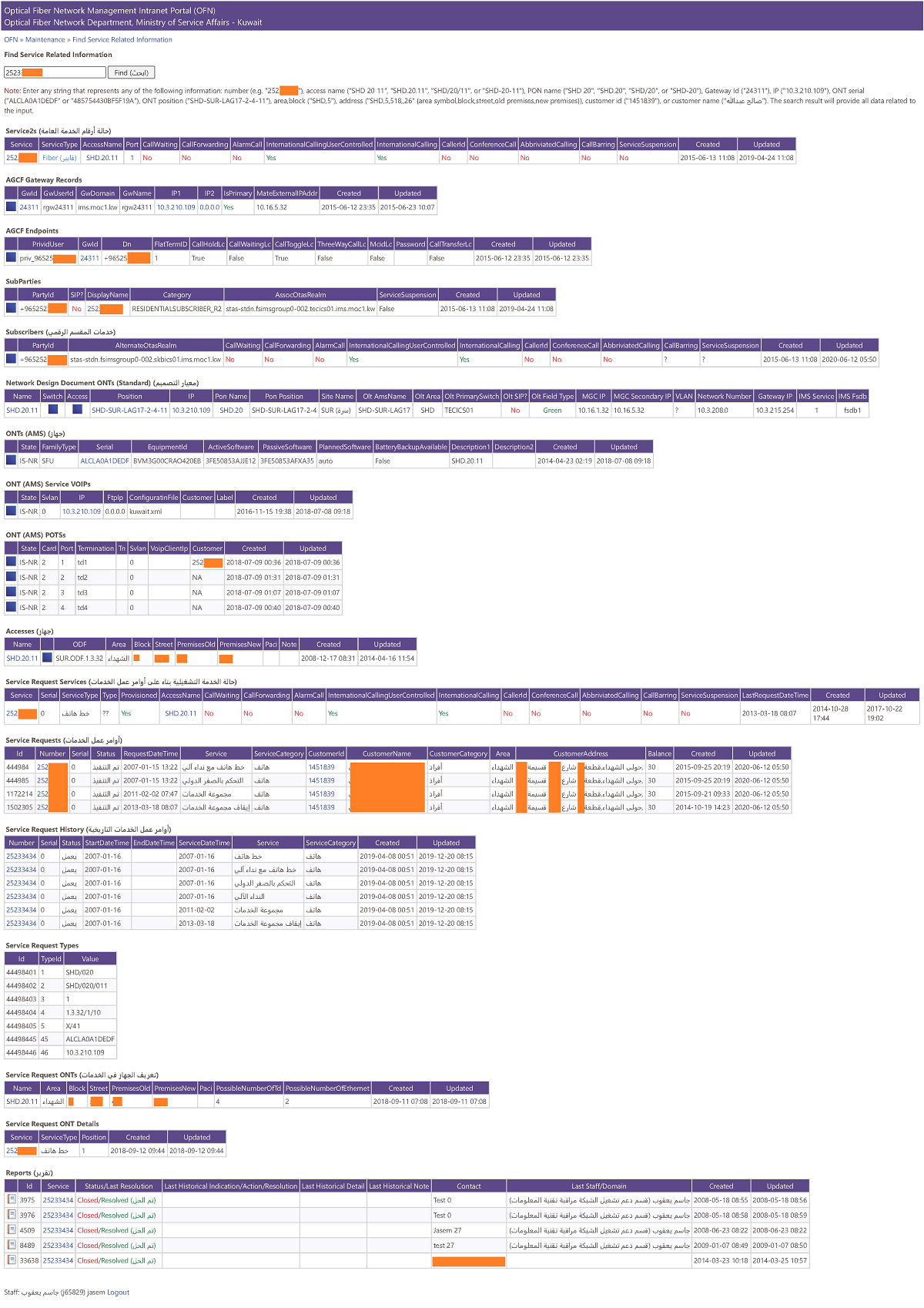An intranet is a private computer network that securely share part of an organization's information or network operating system within that organization. It may host multiple private websites and constitute an important component and focal point of internal communication and collaboration.
An intranet can be understood as a private analog of the Internet, or as a private extension of the Internet confined to an organization.
Intranets may provide a gateway to the Internet by means of a network gateway with a firewall, shielding the intranet from unauthorized external access. The gateway often also implements user authentication, encryption of messages, and often virtual private network (VPN) connectivity for off-site employees to access company information, computing resources and internal communication.
Benefits- Workforce productivity: Intranets can help users to locate and view information faster and use applications relevant to their roles and responsibilities.
- Time: Intranets allow organizations to distribute information to employees on an as-needed basis.
- Communication: Intranets can serve as powerful tools for communication within an organization, vertically and horizontally.
- Web publishing allows cumbersome corporate knowledge to be maintained and easily accessed throughout the company using hypermedia and Web technologies.
- Business operations and management: Intranets are also being used as a platform for developing and deploying applications to support business operations and decisions across the internetworked enterprise.
- Cost-effective: Users can view information and data via web-browser rather than maintaining physical documents such as procedure manuals, internal phone list and requisition forms.
- Enhance collaboration: Information is easily accessible by all authorised users, which enables teamwork.
- Cross-platform capability: Standards-compliant web browsers are available for Windows, Mac, and UNIX.
- Promote common corporate culture: Every user has the ability to view the same information within the Intranet.
- Immediate updates: When dealing with the public in any capacity, laws, specifications, and parameters can change. Intranets make it possible to provide your audience with "live" changes so they are kept up-to-date, which can limit a company's liability.
- Supports a distributed computing architecture: The intranet can also be linked to a company’s management information system, for example a time keeping system.
References: Wikipedia: Intranet
Intranet Samples:
|


|
![)>}]](/image/logo-128.png)